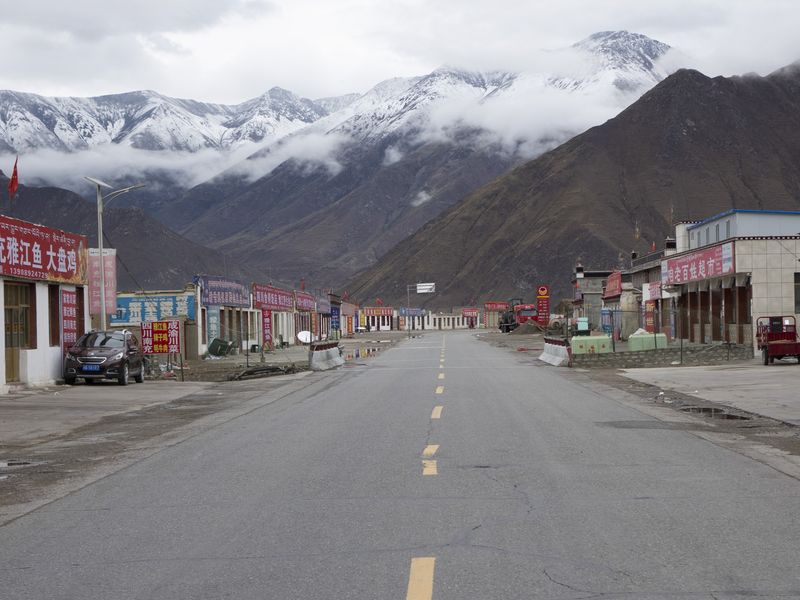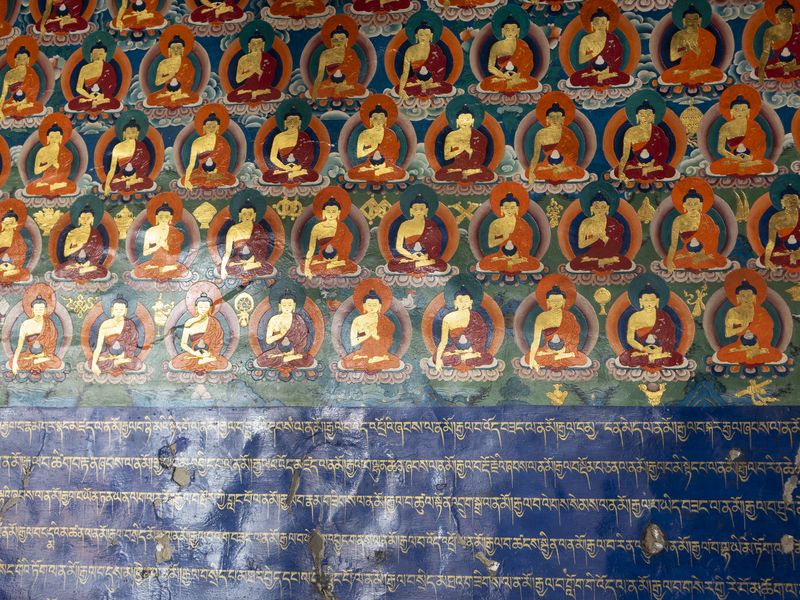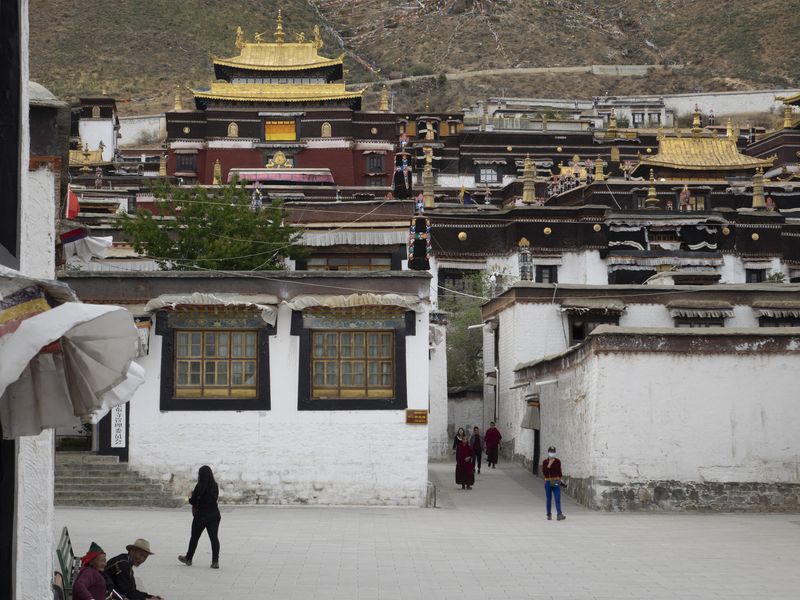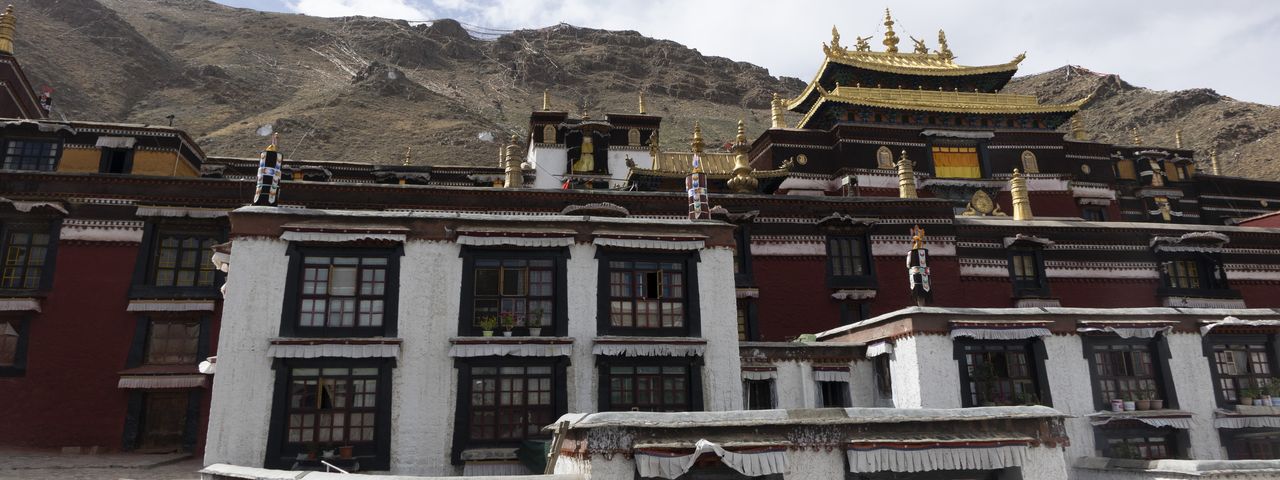Shigatse
The traditional seat of the Panchen Lama, and base of the Gelugpa Buddhist order, Shigatse is Tibet’s second-largest city; a dynamic modern metropolis on the Sino-Nepal Friendship Highway. Although profoundly reshaped by commercial development and industry in recent years, Shigatse is an important centre of Tibetan history and culture, threaded with a seam of strong tradition combined with an appealing frontier spirit. Most visitors won’t linger for too long, however, as Mount Everest is a tantalisingly-close day’s drive away.
Three things to do in Shigatse
Obviously there's a lot more, this is just to get you started...
A lush and accessible landscape...
In the Tibetan language, Shigatse means ‘the fertile land.’ Resting on a plain 3,800 metres above sea level, at the confluence of the Yarlung Tsangpo and Nyangchu rivers, the city is surrounded by gold-flecked plateau pastures, subtropical forest and snowy Himalayan peaks. This is the capital of the Tsang province, Tibet’s cultural heartland, and a major travel hub between Western Tibet, Nepal and Lhasa, which lies 160 miles to the east over steep roads pricked with nerve-jangling hairpin bends. Shigatse is, naturally, a very convenient base for mountain trekking, thanks to its proximity to Mount Everest National Park, and frequent flights from Lhasa to the Shigatse Peace Airport provide a suitably dramatic approach.

History and tradition
The history of Shigatse goes back some six centuries, and you can still see traditional whitewashed homes in the old town, the prayer flags on their roofs dancing in the breeze, and murals on the walls depicting scenes from scriptures to ward off evil spirits. Shigatse is the birthplace of Lhamo - Tibetan Opera - which dates back around 14 centuries to the Tang Dynasty. Many works are derived from Buddhist teachings, but there’s also a rich tradition of historical folk opera, with performances throughout the year. Since the 1950s and the Cultural Revolution, the newer parts of city have been significantly modernised, with shopping centres, factories and wide highways that reverberate to the sound of heavy traffic creating a sharp contrast to the more traditional quarters.

Monasteries and religious reverence
The jewel in Shigatse’s crown is the Tashilhunpo Monastery. Situated in the west of the city, this sprawling complex is one of Tibet’s most celebrated religious sites, and luckily survived the Cultural Revolution largely unscathed. Although the number of resident monks has now dwindled, it’s still a busy religious institute. It’s majestic statue of the Future Buddha is the largest gilded statue in the world, and the morning kora is marvellous to behold, with thousands of people in traditional dress making their way around the monastery and through the surrounding hills. The Summer Palace of the Panchen Lamas, around half-a-mile to the south, is also an intriguing sight; a curious architectural mix of Buddhist temple and Victorian mansion, with peaceful gardens just outside.


